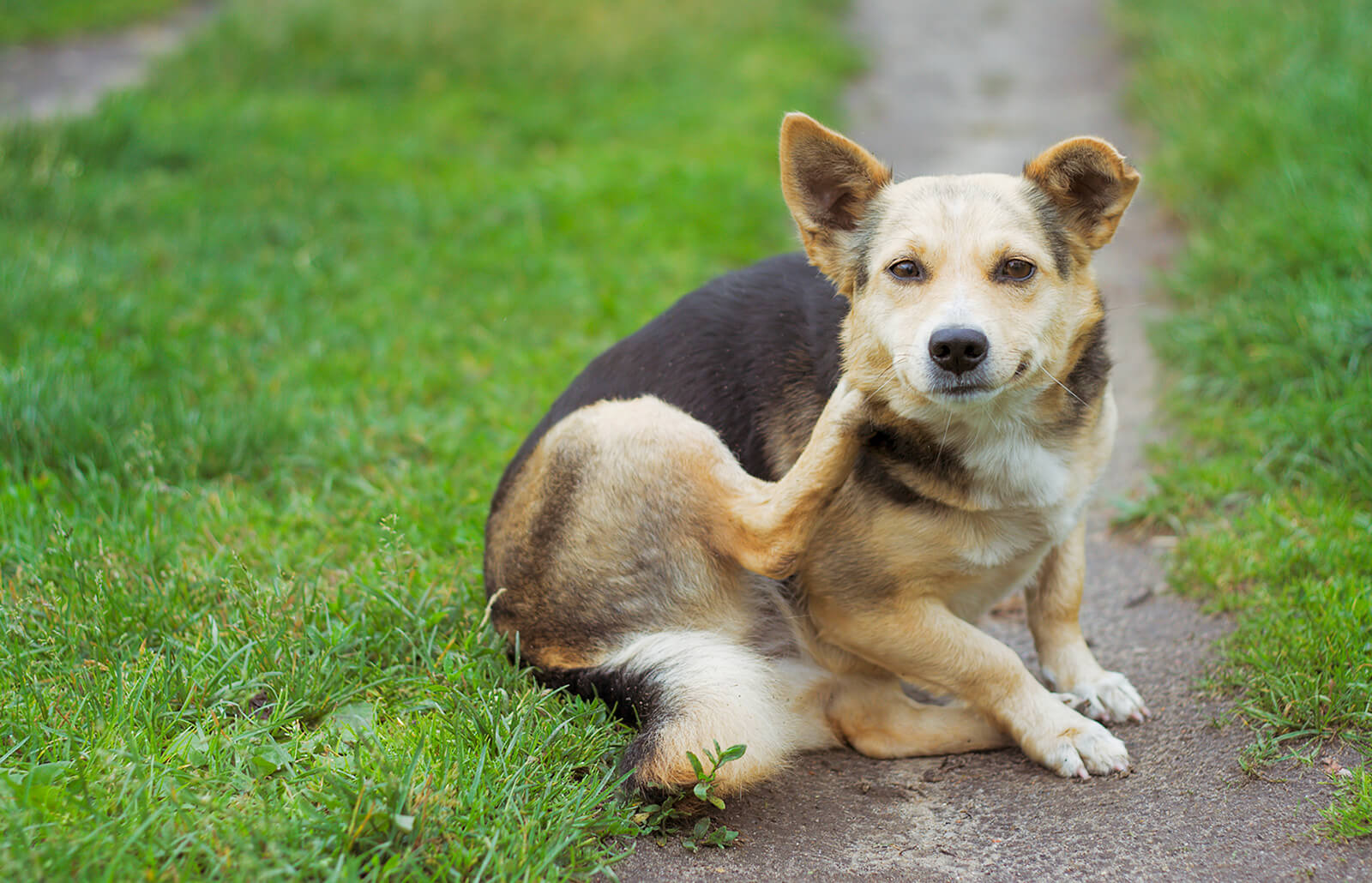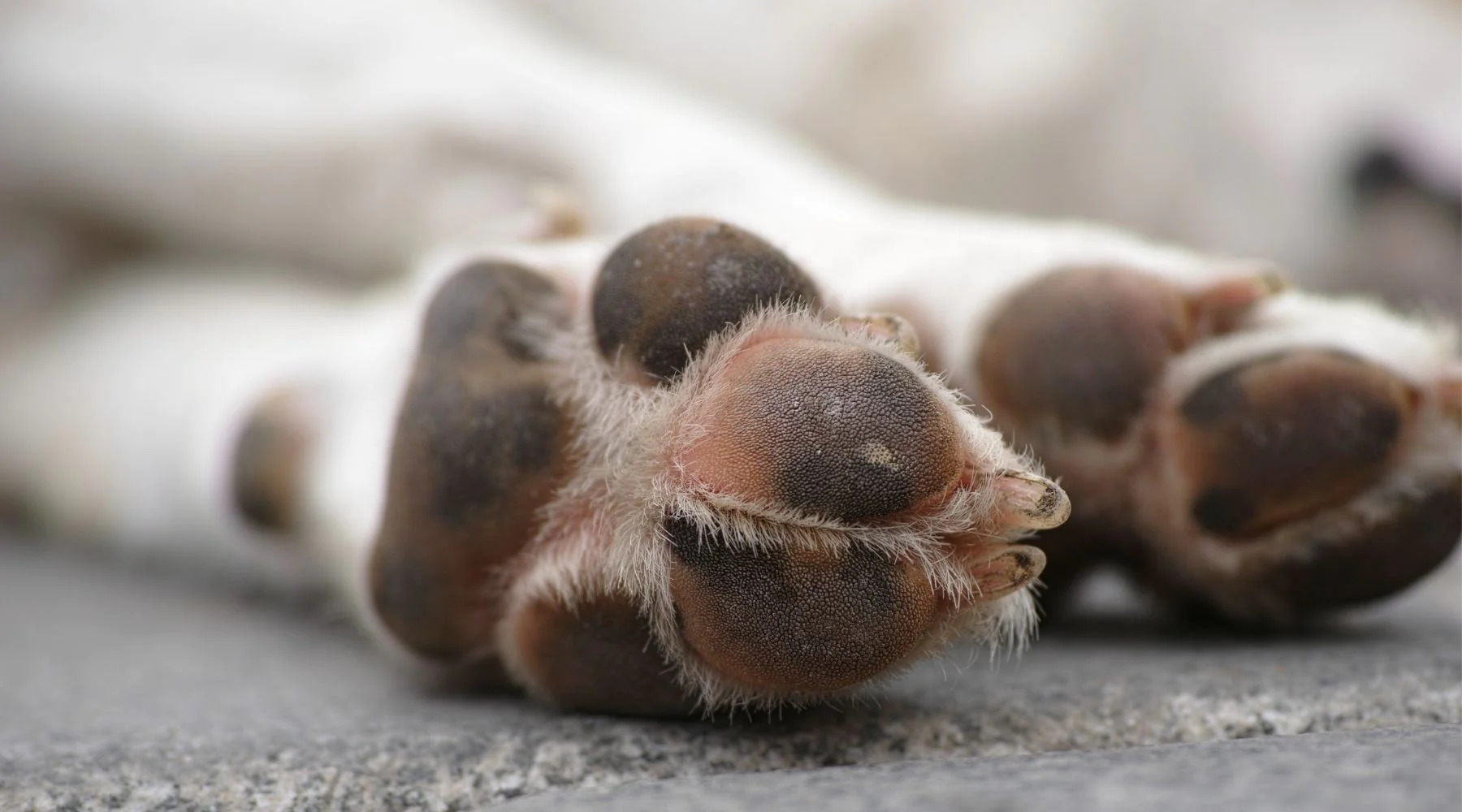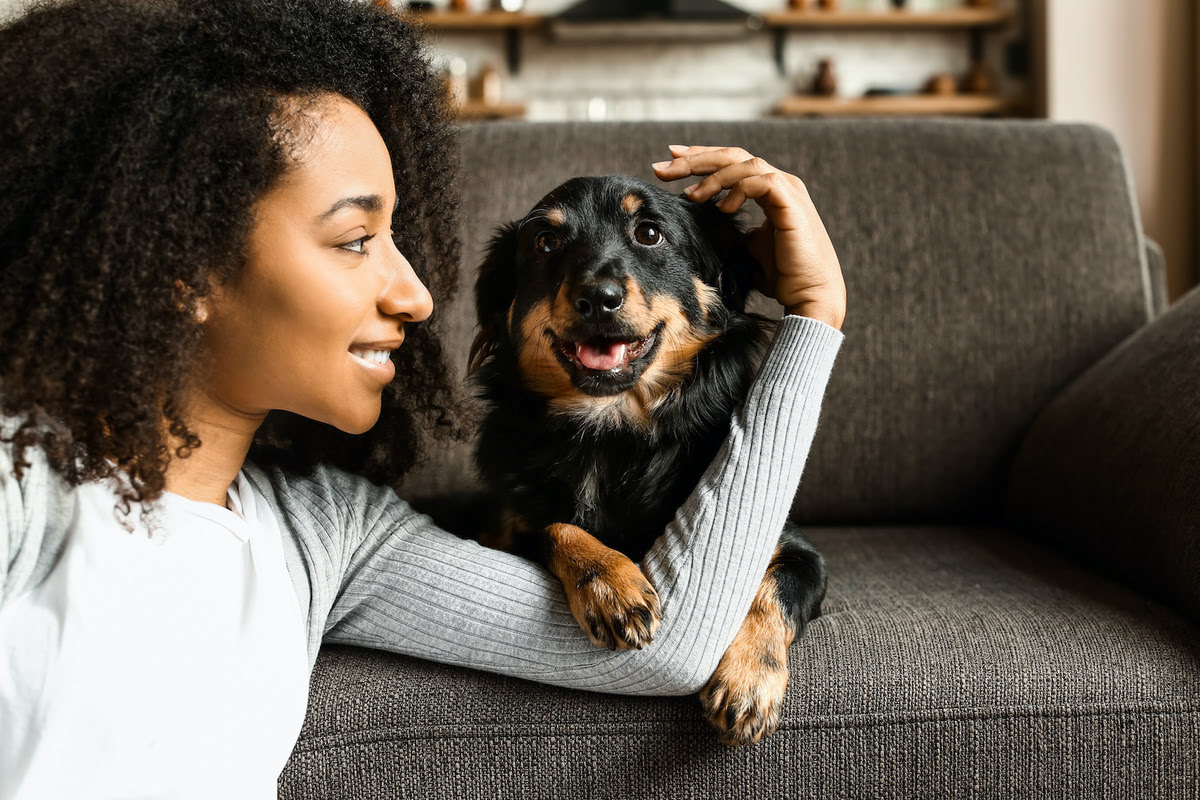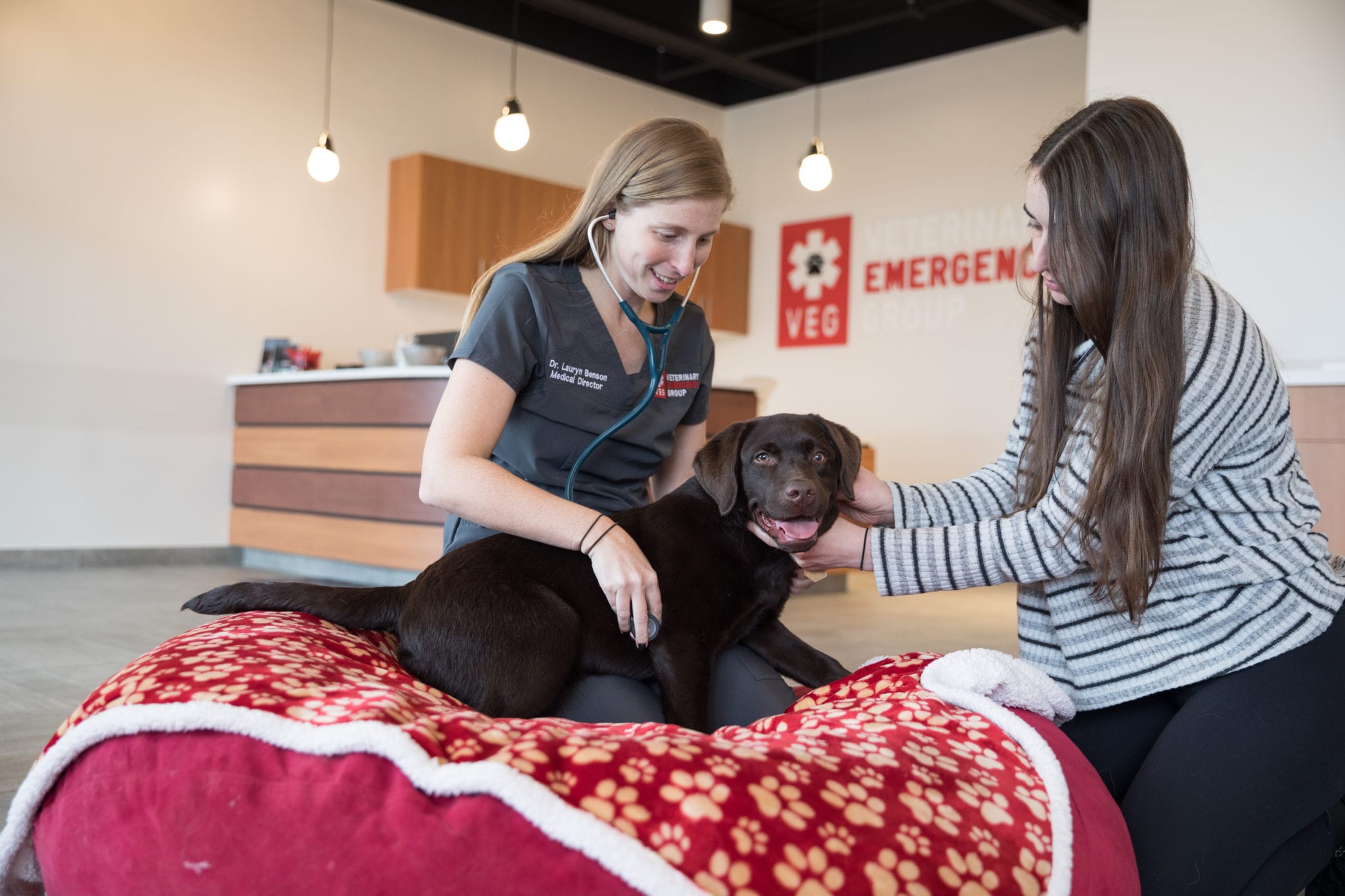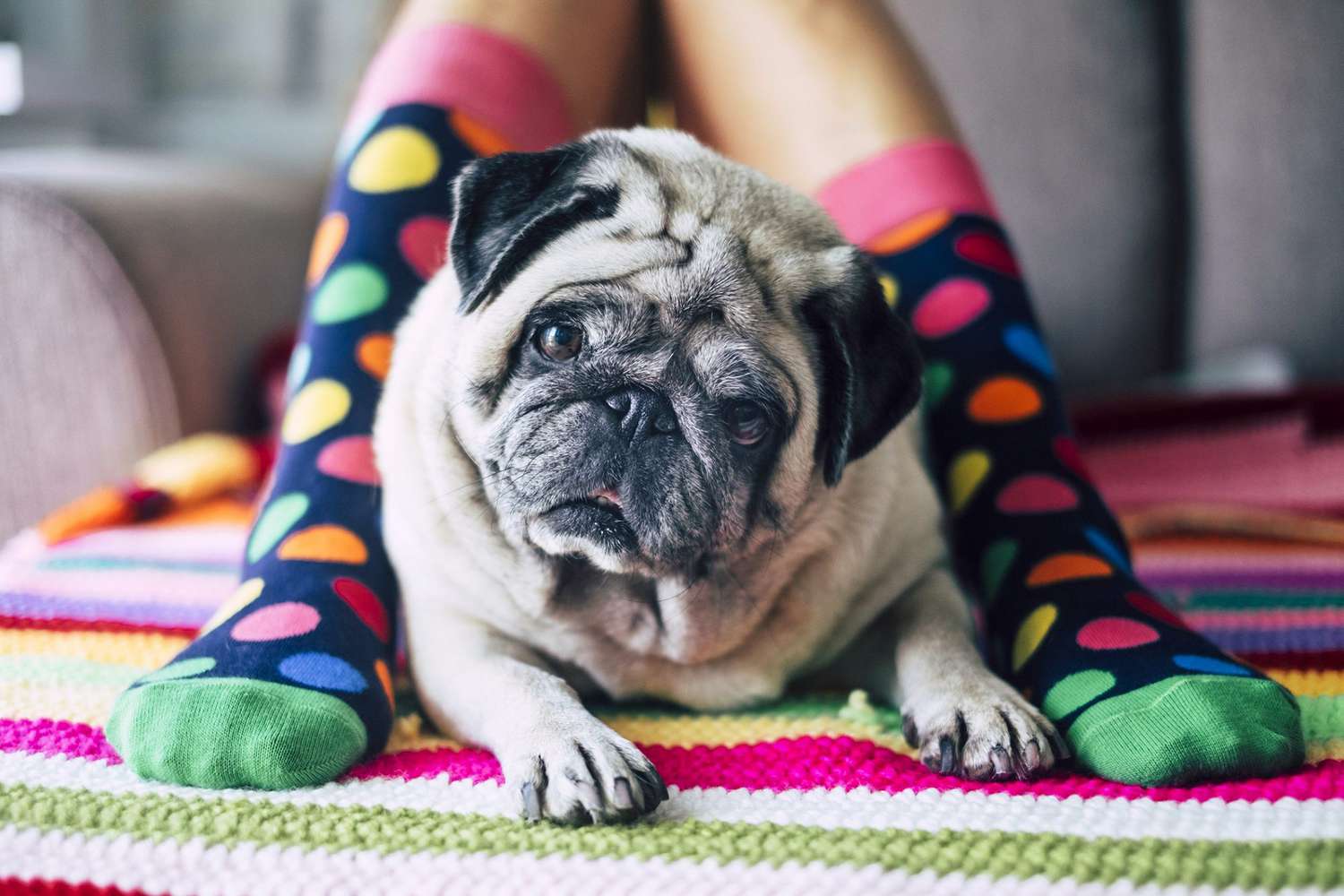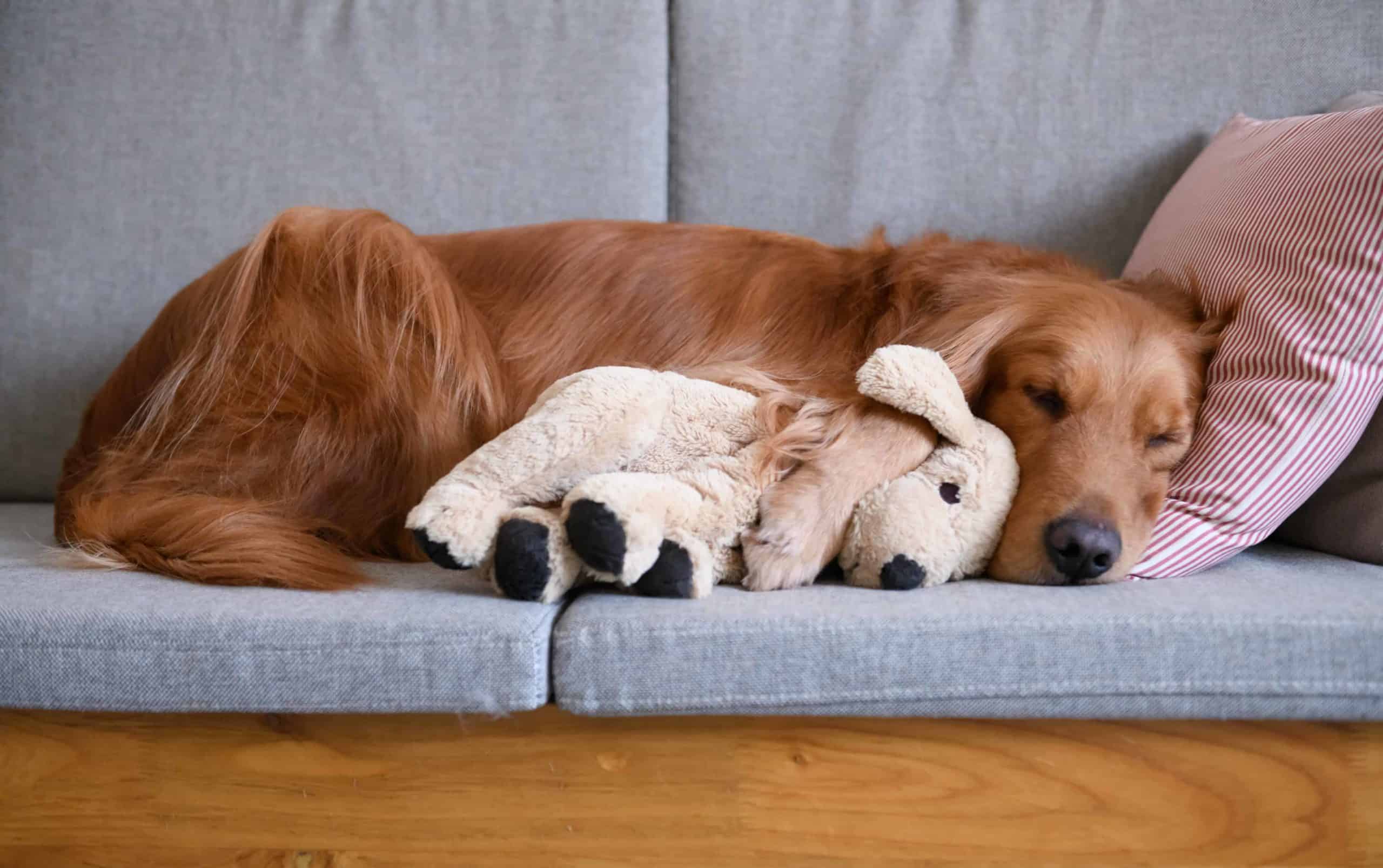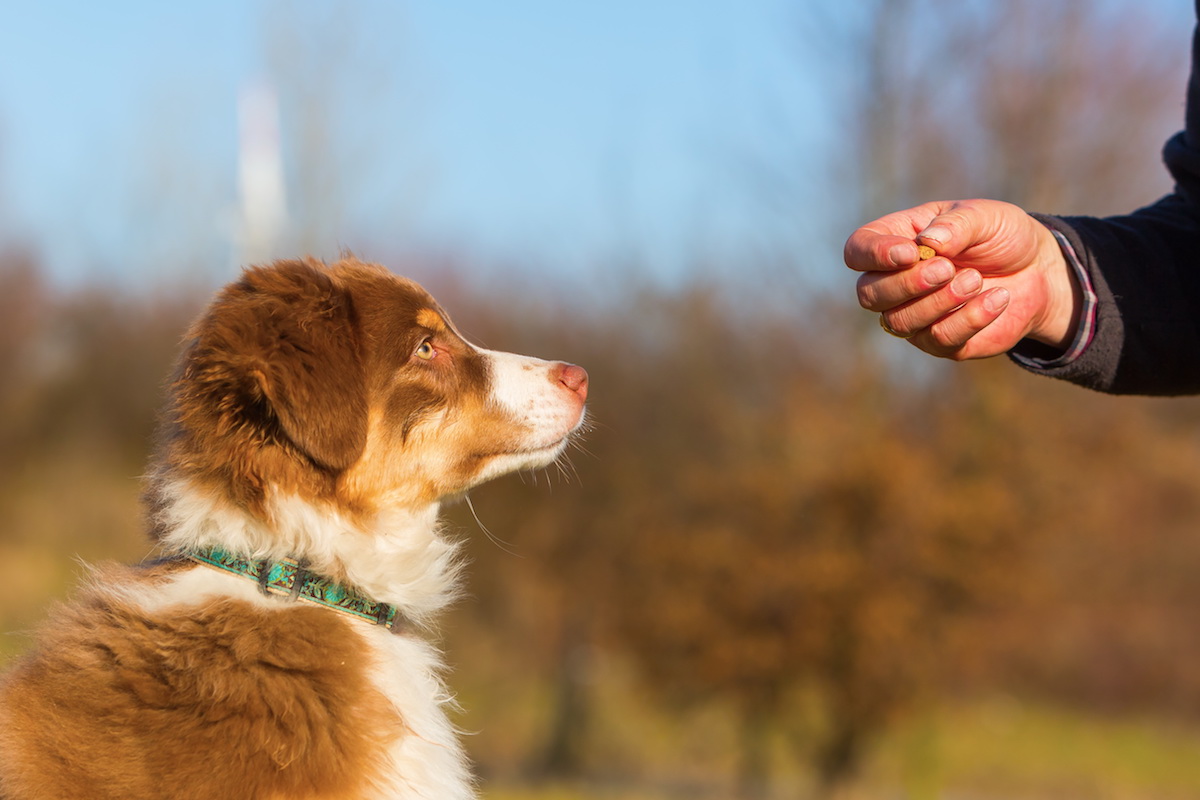Home>Health & Wellness>Common Health Issues>How To Treat A Dog With Fleas
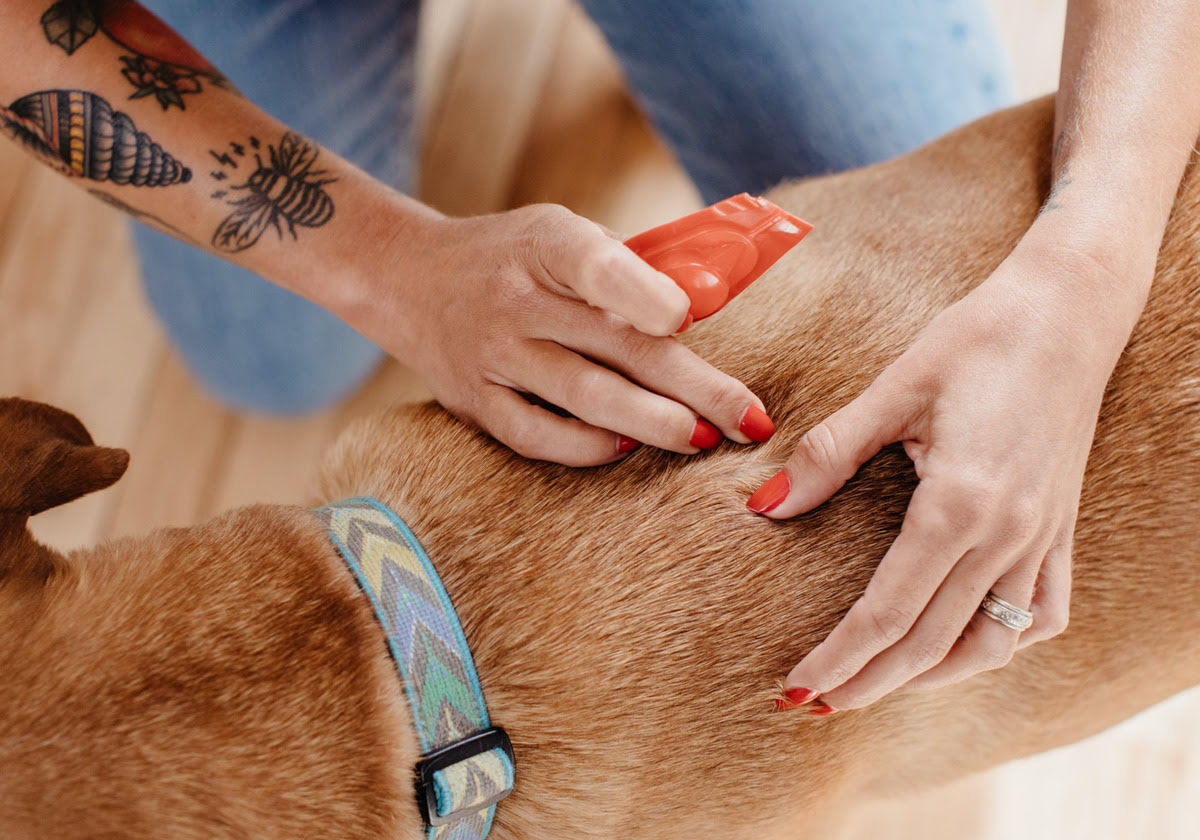

Common Health Issues
How To Treat A Dog With Fleas
Modified: February 21, 2024
Learn effective ways to treat a dog with fleas and prevent common health issues. Discover expert tips for maintaining your pet's well-being.
(Many of the links in this article redirect to a specific reviewed product. Your purchase of these products through affiliate links helps to generate commission for Pawsomeoldies.com, at no extra cost. Learn more)
Table of Contents
Introduction
Dealing with a dog suffering from fleas can be a distressing experience for both the pet and its owner. Fleas are not only a nuisance but can also lead to various health issues for your furry friend. It's crucial to address this problem promptly and effectively to ensure the well-being of your dog and prevent the infestation from spreading to other pets or even humans in the household.
Fleas are tiny, wingless insects that survive by feeding on the blood of their hosts, including dogs. These pesky parasites can cause a range of problems for your dog, from mild irritation and discomfort to more severe issues such as allergic reactions and skin infections. Additionally, if left untreated, a flea infestation can lead to anemia, especially in young or small dogs, due to the loss of blood from multiple flea bites.
As a responsible pet owner, it's essential to be vigilant and proactive in preventing and treating fleas on your dog. This article will guide you through the process of identifying fleas on your dog, treating the infestation effectively, and implementing measures to prevent future occurrences. By following these steps, you can help your dog find relief from the discomfort caused by fleas and create a healthier, happier environment for your beloved pet.
Read more: How To Treat Cancer In Dogs
Identifying Fleas on Your Dog
Identifying fleas on your dog is the crucial first step in addressing a potential infestation. These pesky parasites are skilled at evading detection, but with a keen eye and thorough examination, you can spot the signs of a flea presence on your furry companion.
Signs of Fleas
-
Excessive Scratching and Biting: If you notice your dog scratching or biting at their skin more than usual, it could be a sign of flea activity. Flea bites can cause intense itching, leading to persistent scratching and discomfort for your dog.
-
Visible Fleas or Flea Dirt: Fleas are small, agile insects that can be challenging to spot, especially in a dog's fur. However, you may be able to detect them by parting your dog's fur and looking for tiny, fast-moving dark brown insects. Additionally, flea dirt, which looks like small black specks similar to ground pepper, may be visible on your dog's skin or fur. This is actually flea feces consisting of digested blood and is a telltale sign of flea presence.
-
Red or Irritated Skin: Flea bites can cause irritation and redness on your dog's skin, particularly in areas where fleas tend to congregate, such as the base of the tail, the abdomen, and the inner thighs. Check for signs of inflammation or skin lesions, as these could indicate a flea infestation.
-
Hair Loss and Hot Spots: Prolonged flea infestations can lead to hair loss and the development of hot spots on your dog's skin. Hot spots are areas of inflamed, irritated skin that may appear moist and red, often accompanied by oozing or crusting. These can be painful for your dog and may indicate a severe flea problem.
Conducting a Flea Check
To effectively identify fleas on your dog, it's essential to conduct a thorough flea check. This involves visually inspecting your dog's fur and skin, paying close attention to areas where fleas are likely to hide or lay eggs. Use a fine-toothed flea comb to comb through your dog's fur, focusing on the neck, back, and hindquarters. After combing, inspect the comb for any signs of fleas or flea dirt.
By being vigilant and proactive in identifying fleas on your dog, you can take the necessary steps to address the infestation and provide relief for your pet.
Remember, early detection is key in preventing the situation from escalating and causing further discomfort for your dog.
Treating Your Dog for Fleas
Once you have identified fleas on your dog, it's crucial to initiate prompt and effective treatment to alleviate your pet's discomfort and eradicate the infestation. There are several methods for treating your dog for fleas, each with its unique benefits and considerations.
Read more: How To Treat Dogs With Ticks And Fleas
1. Flea Bath
Giving your dog a flea bath is an immediate and direct approach to eliminating fleas. Use a gentle, vet-recommended flea shampoo specifically formulated for dogs. Thoroughly lather your dog's entire body, paying special attention to areas where fleas are commonly found, such as the neck, back, and hindquarters. Allow the shampoo to sit for the recommended duration to ensure maximum effectiveness before rinsing your dog clean.
2. Oral or Topical Flea Treatments
Consult your veterinarian to explore oral or topical flea treatments for your dog. These medications are designed to disrupt the flea life cycle, killing adult fleas and preventing their eggs from hatching. Oral treatments are administered in the form of chewable tablets, while topical treatments are applied directly to your dog's skin. Your veterinarian can recommend the most suitable option based on your dog's health and specific needs.
3. Flea Collars
Flea collars are another option for treating and preventing flea infestations in dogs. These collars release active ingredients that repel and kill fleas, providing continuous protection for your pet. When using a flea collar, ensure it fits properly and comfortably around your dog's neck, allowing for two fingers to fit snugly between the collar and your dog's skin.
4. Environmental Treatment
In addition to treating your dog, it's essential to address the flea infestation in your home environment. Wash your dog's bedding and any other fabric items they frequently come into contact with, using hot water to kill fleas and their eggs. Vacuum your home thoroughly, paying close attention to areas where your dog spends time. Consider using a pet-safe flea spray or fogger to eliminate fleas in your living space.
Read more: How Often Do You Treat Your Dog For Fleas?
5. Regular Grooming and Prevention
Maintaining a regular grooming routine for your dog can help prevent future flea infestations. Brushing your dog's coat regularly not only promotes healthy skin and fur but also allows you to detect and address any potential flea issues early on. Additionally, explore long-term flea prevention options with your veterinarian, such as monthly topical treatments or oral medications to safeguard your dog against future flea infestations.
By employing a comprehensive approach to treating your dog for fleas, including direct pet care, environmental management, and preventive measures, you can effectively combat flea infestations and ensure the well-being of your beloved canine companion. Remember, consistency and vigilance are key in maintaining a flea-free environment for your dog.
Preventing Future Flea Infestations
Preventing future flea infestations is essential to safeguard your dog's well-being and maintain a healthy living environment for your entire household. By implementing proactive measures and integrating preventive strategies into your pet care routine, you can significantly reduce the risk of recurring flea problems and ensure a comfortable, flea-free environment for your beloved canine companion.
1. Regular Flea Prevention Products
Explore and invest in reliable flea prevention products recommended by your veterinarian. Monthly topical treatments, oral medications, or flea collars can effectively repel and eliminate fleas, preventing infestations before they take hold. Consistency in using these preventive products is crucial for long-term protection against fleas.
2. Environmental Maintenance
Maintain a clean and well-kept living environment to deter fleas from taking residence in your home. Regularly vacuum carpets, rugs, and furniture, paying special attention to areas frequented by your dog. Washing your dog's bedding, blankets, and toys in hot water can help eliminate any potential flea eggs or larvae, reducing the risk of infestations.
Read more: How Can I Treat My Nursing Dog For Fleas
3. Outdoor Precautions
If your dog spends time outdoors, especially in grassy or wooded areas, consider using flea and tick repellents to minimize the risk of exposure to these pests. Additionally, regularly mow your lawn and trim vegetation to reduce flea habitats in your yard. Creating a well-maintained outdoor space can contribute to preventing fleas from infiltrating your home.
4. Regular Grooming and Inspection
Incorporate regular grooming sessions into your dog's care routine. Brushing your dog's coat not only promotes healthy skin and fur but also allows you to detect and address any potential flea issues early on. During grooming, pay close attention to your dog's skin for any signs of flea activity, such as redness or irritation, and promptly address any concerns.
5. Professional Pest Control
Consider enlisting the services of professional pest control experts to assess and treat your home for potential flea infestations. Their expertise can help identify and address any underlying flea issues within your living space, providing an added layer of protection against future infestations.
By integrating these preventive measures into your dog care regimen, you can create a resilient defense against fleas and minimize the likelihood of future infestations. Consistency, diligence, and a proactive approach to flea prevention are key in ensuring the ongoing health and comfort of your canine companion.
Remember, a proactive stance against fleas not only benefits your dog but also contributes to a harmonious and flea-free living environment for your entire household.
Conclusion
In conclusion, addressing a flea infestation in your dog requires a multi-faceted approach that encompasses identification, treatment, and prevention. By being attentive to the signs of fleas and conducting thorough checks, you can promptly intervene and alleviate your dog's discomfort. Treating your dog for fleas through methods such as flea baths, oral or topical treatments, and environmental management is essential for eradicating existing infestations and preventing their recurrence.
Furthermore, integrating preventive measures into your dog care routine, such as regular grooming, environmental maintenance, and the use of flea prevention products, can significantly reduce the risk of future flea infestations. Consistency and diligence in implementing these strategies are paramount in creating a resilient defense against fleas and ensuring the ongoing health and well-being of your beloved canine companion.
It's important to recognize that addressing a flea infestation is not only beneficial for your dog's physical comfort but also contributes to a harmonious and flea-free living environment for your entire household. By taking proactive steps to combat fleas, you are not only safeguarding your pet's health but also creating a safe and comfortable space for your family and other pets.
Remember, if you have any concerns about treating or preventing fleas on your dog, consulting with a veterinarian is always advisable. Their expertise and guidance can provide tailored solutions that best suit your dog's individual needs and circumstances.
In essence, by staying informed, proactive, and attentive to your dog's well-being, you can effectively manage flea infestations and create a thriving, flea-free environment that promotes the health and happiness of your cherished canine companion.

